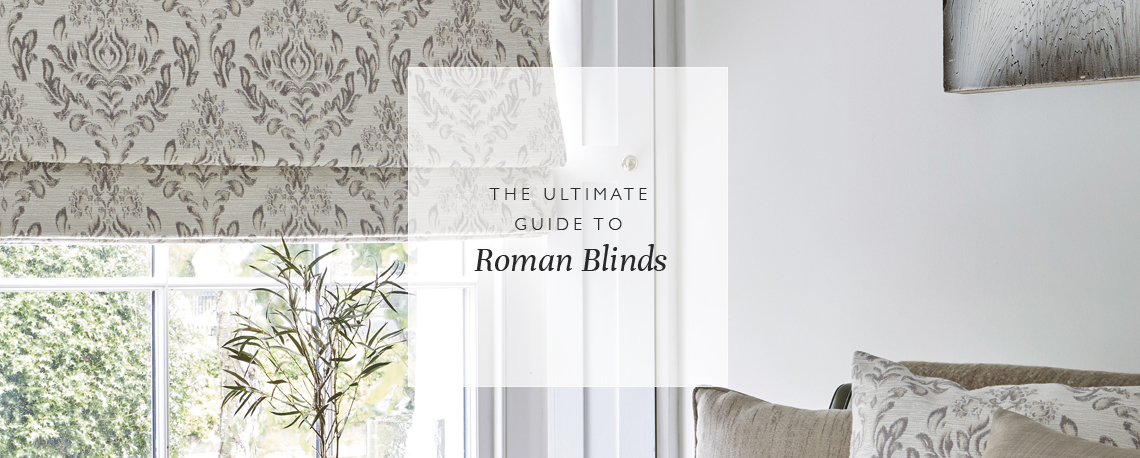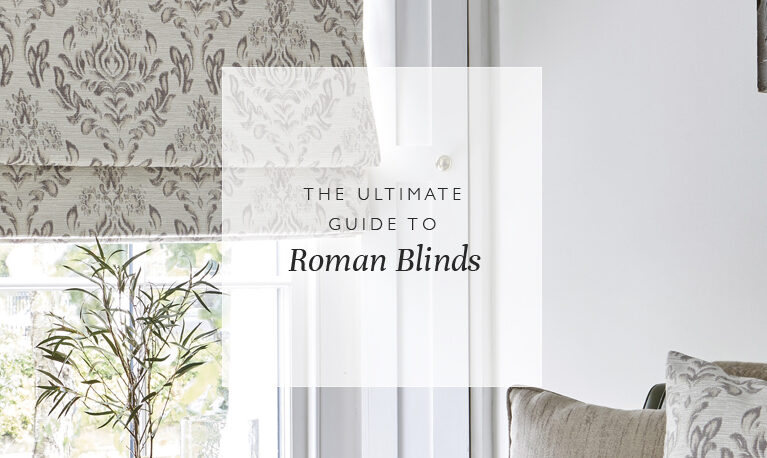
The ultimate guide to Roman blinds
Roman blinds are the ultimate in style and sophistication. This luxurious window treatment is a great alternative to curtains, providing plenty of privacy, light control and thermal efficiency. Find out more about Roman blinds in the ultimate guide from Blinds Direct.
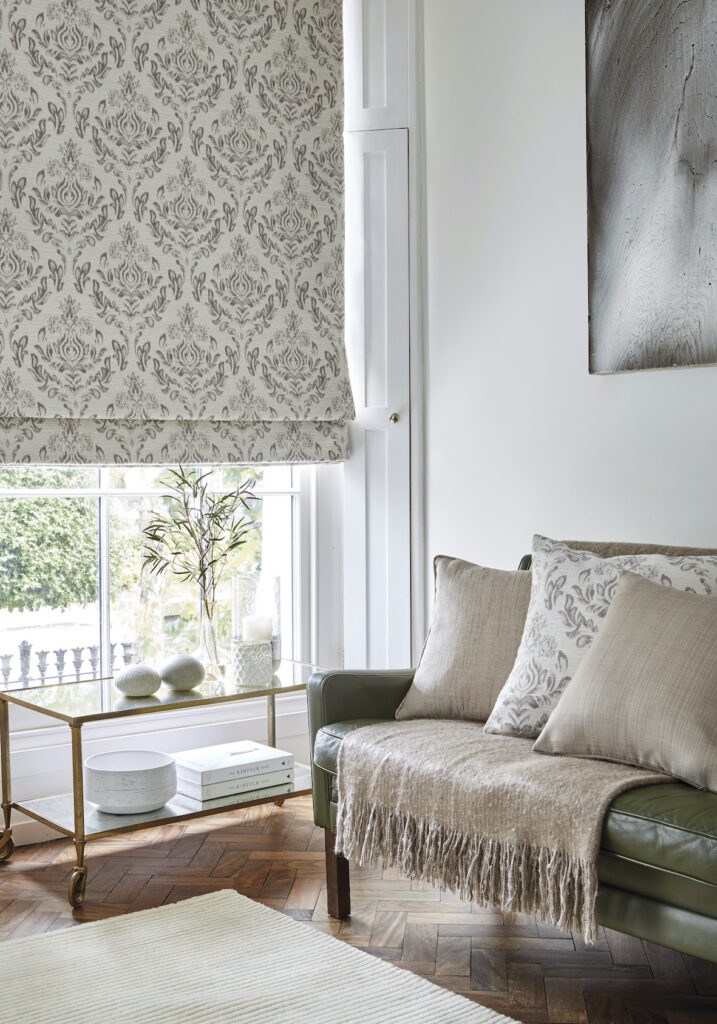
What are Roman blinds?
Roman blinds are the most elegant of window blinds. The perfect compromise between heavy curtains and slim-line roller blinds, Roman blinds offer a cosy, homely feel in a more compact and versatile way.
Roman blinds are constructed from mounting slats, cords and a fabric panel that is designed to pleat when raised. When the blind is opened, the cords pull the slats together and force the fabric into pleats. When closed, the cords release the slats and allow the fabric to relax. The beauty of a Roman blind is your ability to lower it to a specific point, so it will always look stylish while you can enjoy privacy and light control.
Which rooms are best for Roman blinds?
Roman blinds work beautifully in many spaces throughout the home. They are particularly well suited to living rooms, warming up the decor and coordinating with your furniture and soft furnishings. For smaller living rooms, Roman blinds will sit neatly inside the recess and not take up valuable space. For larger rooms with big windows, Roman blinds can be teamed with curtains for a layered look.
Roman blinds are also a great choice for bedrooms, making it feel more warm, cosy and comfortable. Your Roman blind can also be completed with a blackout lining, which helps to block out all sunlight and provide a more peaceful night’s sleep.
You could install a Roman blind in your kitchen, however it’s worth considering the location of your window. If the blind will be placed above a sink or near to a food preparation area, stick to a fabric that is wipe-clean and forgiving of stains.
Which fabric is best for Roman blinds?
There are many different fabrics that can be used for Roman blinds, all offering different weights and textures that create a unique look. The lightest materials, such as silk and taffeta, create smooth folds that show off the sheen of the fabric. However, these fabrics aren’t ideal if you’re looking to warm up your room or block out all sunlight.
Medium-weight fabrics include cotton, linen and synthetic blends. They are available in the widest choice of colours and prints, so it’s easy to find a Roman blind that works well within your space. When raised, these fabrics fold into crisp folds that look very neat and tidy.
Finally, heavy fabrics, such as velvet, chenille and wool, will create a more full and luxurious-looking Roman blind. They are a great choice for cold or draughty rooms, as they help to block out the chill and maintain a warm and cosy space.
Why are Roman blinds more expensive?
The soft fabric nature of Roman blinds means they are often more expensive than rollers, verticals and other types of blinds. And when they are custom made to seamlessly fit your windows, they require much more more skill and manufacturing hours, which again means a higher price tag. However, the long term benefits of a high quality Roman blinds far outweighs the price, and you can rest assured that your brand new Romans will look great and function perfectly for the long term.
At Blinds Direct, we employ a team of talented crafters to work in-house, which means every single Roman blind is handmade. This extra care and attention means your blinds will be more expensive than their readymade counterparts, however, we will always strive to offer the fairest prices for the finest products.
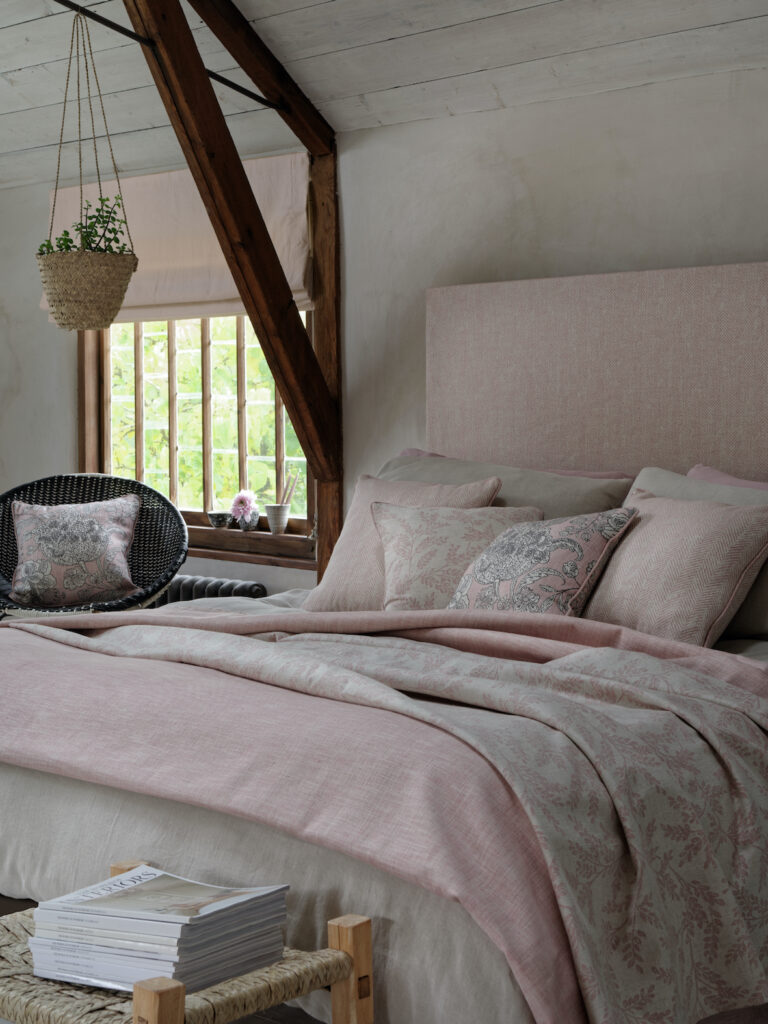
How do I measure for a Roman blind?
Measuring up for a new Roman blind is quick and simple with our handy Roman blind measuring guide video. All you need is a metal tape measure, a pen or pencil and a piece of paper to jot down your measurements!
For further peace of mind, you can also add our Surefit guarantee to your order, which means any incorrectly measured blinds will be replaced at no extra cost.
How do I hang my Roman blind?
To ensure that your Roman blind looks and functions its best, you need to hang and dress it properly. To do this, just follow our helpful Roman blind fitting guide video. Remember, you need to define the crease of each pleat to make it look more neat, and if your Roman blind has lining, give the fabric a little shake to help it drop into position.
How do I clean my Roman blind?
The way you clean your Roman blind will depend on the type of fabric, as all fabrics come with different cleaning advice. If you are ever unsure, make sure you consult a professional so that you don’t risk ruining the fabric.
The majority of the time, it’s easy to keep your Roman blind looking and functioning well with some regular light cleaning. To remove dust and dirt, use the soft brush attachment and lowest setting on your vacuum cleaner. Open your Roman blind and brush the front gently from top to bottom, concentrating on the edges of the fabric, which tend to collect more dust. Do not vacuum the back of your Roman blind as cords can tangle.
If your Roman blind chains or cords are stained, you can clean them with baby wipes. For the mechanism, use a simple silicone spray and soft cloth, which will remove dirt and prevent squeaking or stiffness.
Since Roman blinds are made from soft fabric, stains can be difficult to remove. Avoid stain removers on the fabric as they can lead to discolouration. Instead, try baby wipes, which are very effective at removing stains. If your Roman blind is made from silk or faux silk, you should not attempt to clean it at all – instead, seek advice from a professional.
Soft fabrics are also susceptible to absorbing household smells, especially if your Roman blind is located in or near the kitchen. To get rid of unpleasant odours, try removing the blind and laying it on a flat surface, then sprinkling with baking soda. After 24 hours, any smells should have been absorbed, and you can vacuum up the baking soda on a low setting.
Shop our made to measure Roman blinds
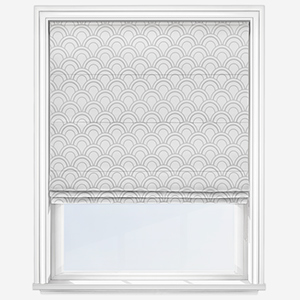
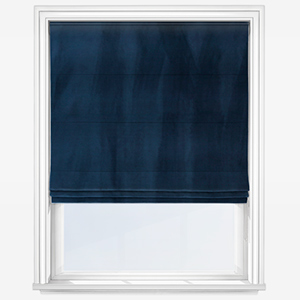
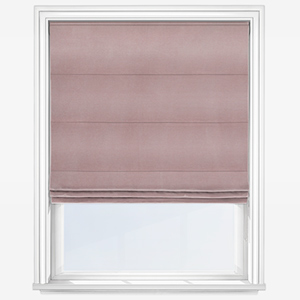
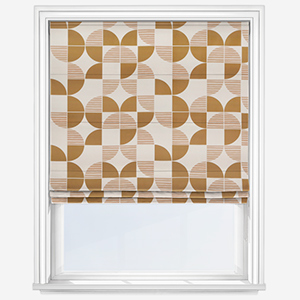
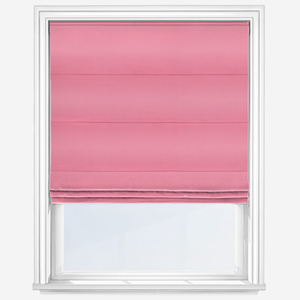
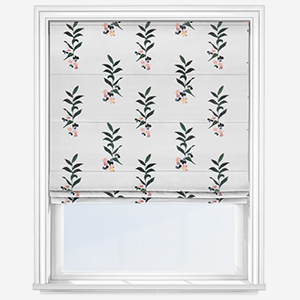
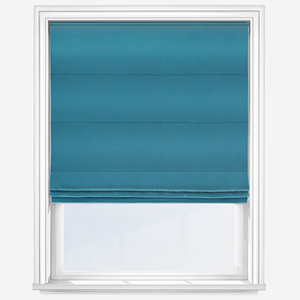
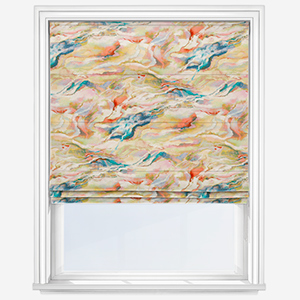
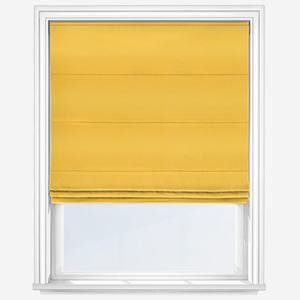
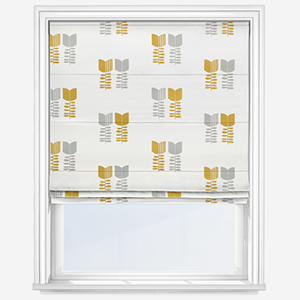
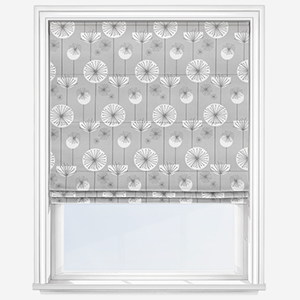
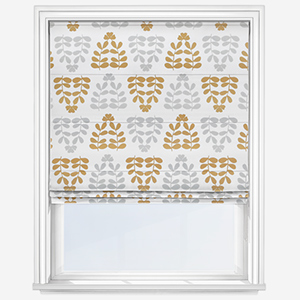
You can discover our full range of made to measure Roman blinds, along with other blind styles, curtains, cushions and lamp shades at Blinds Direct. Got a question? Get in touch with our team – we’re always happy to help or you can browse our Roman Blinds Buyers Guide for more info.


